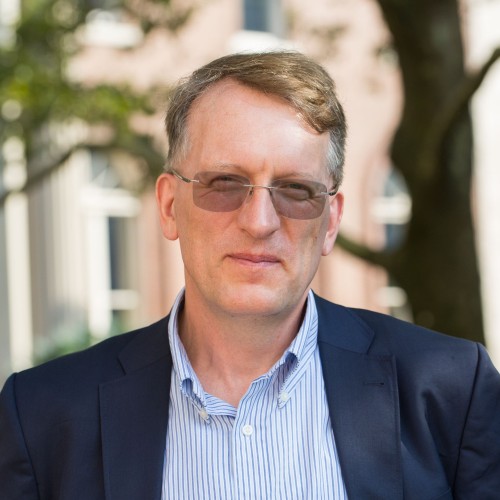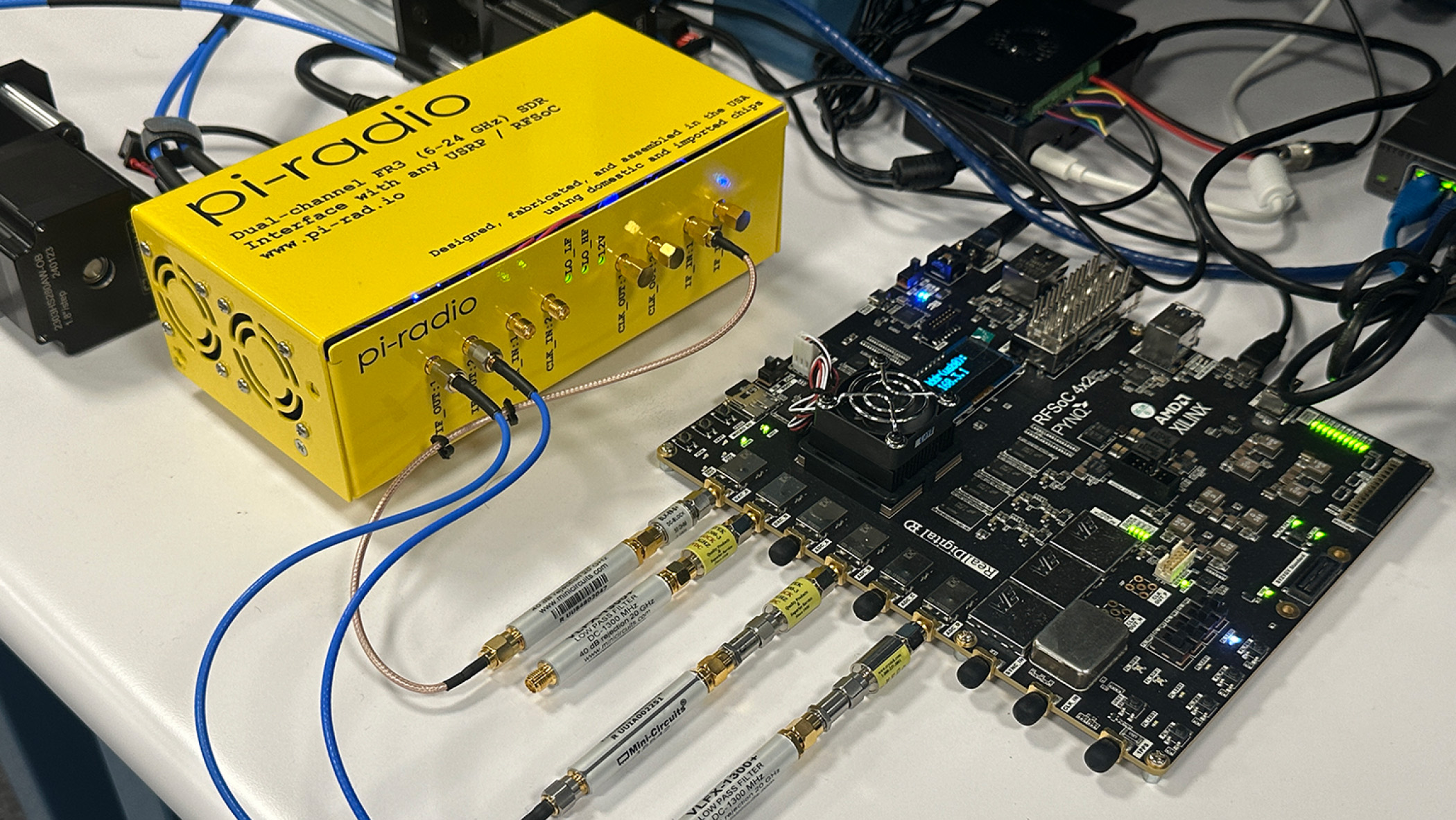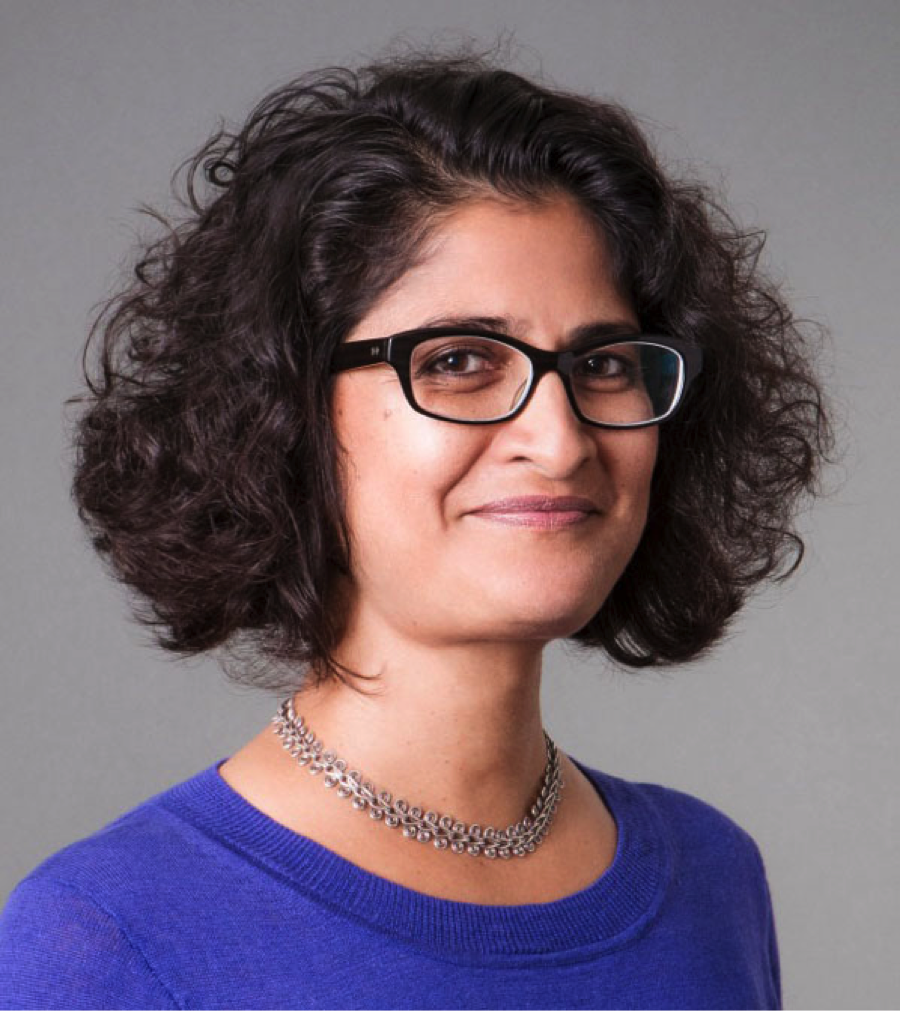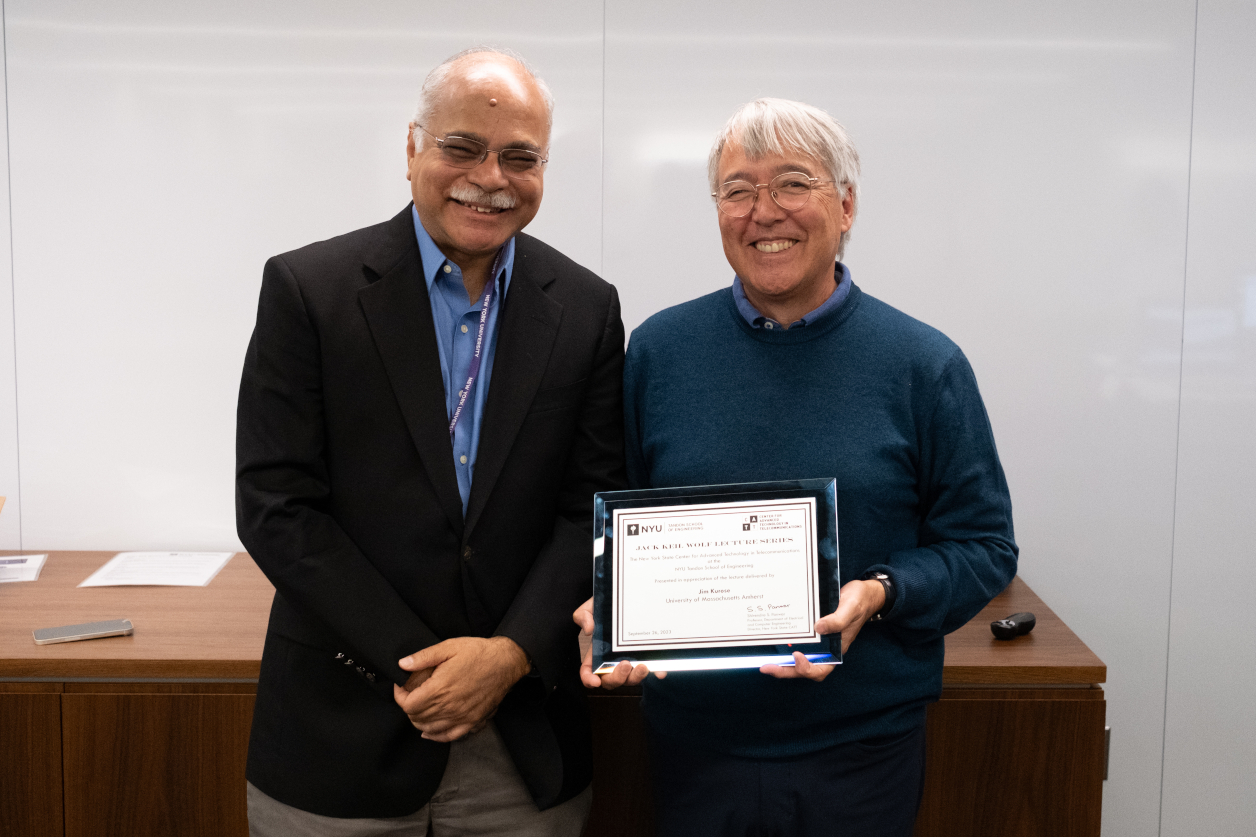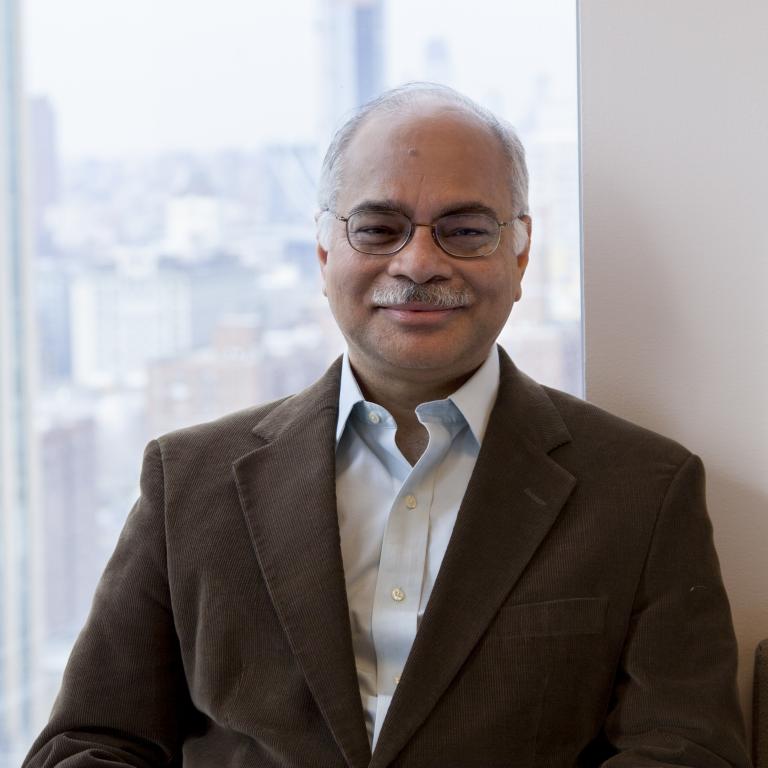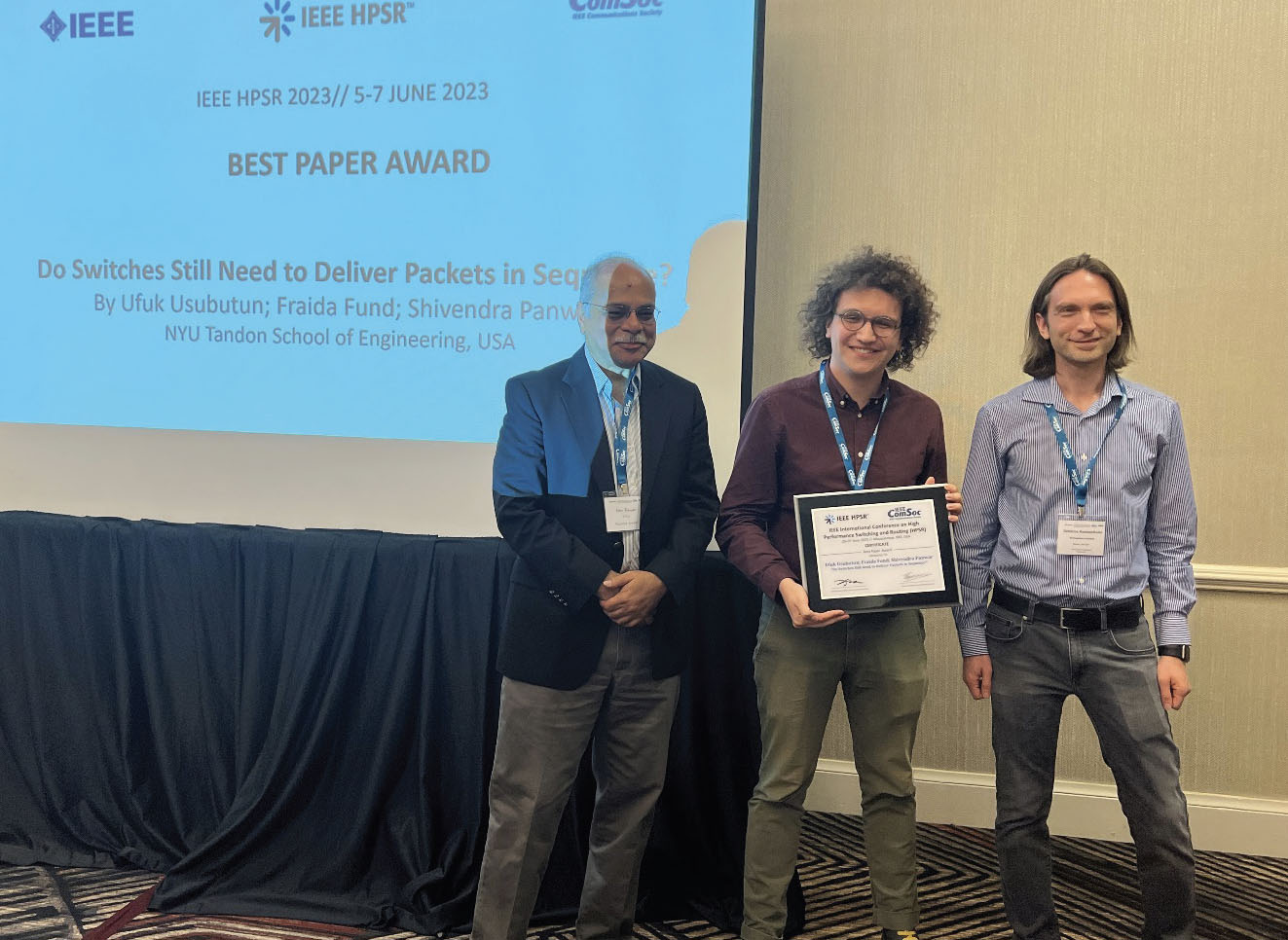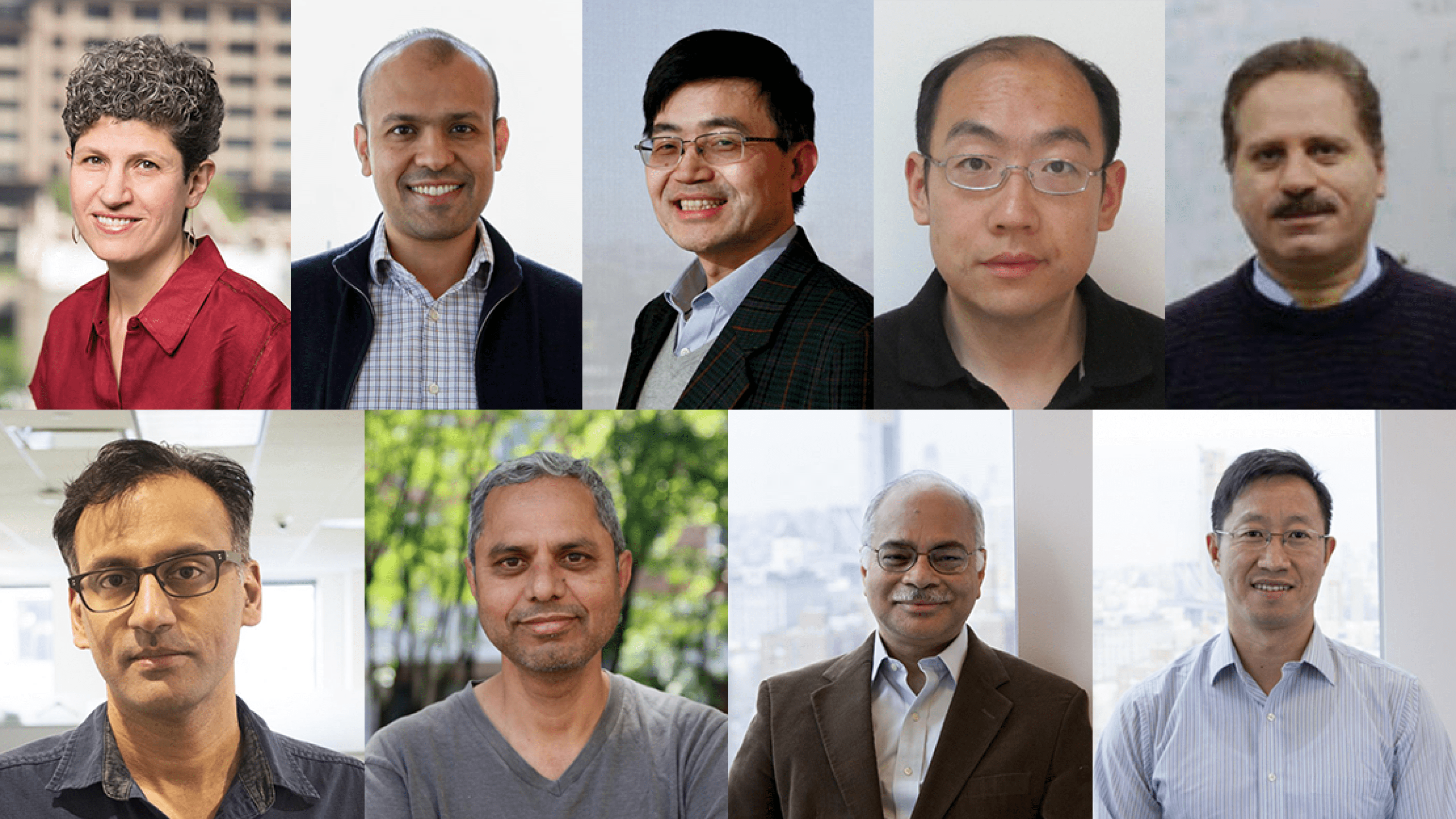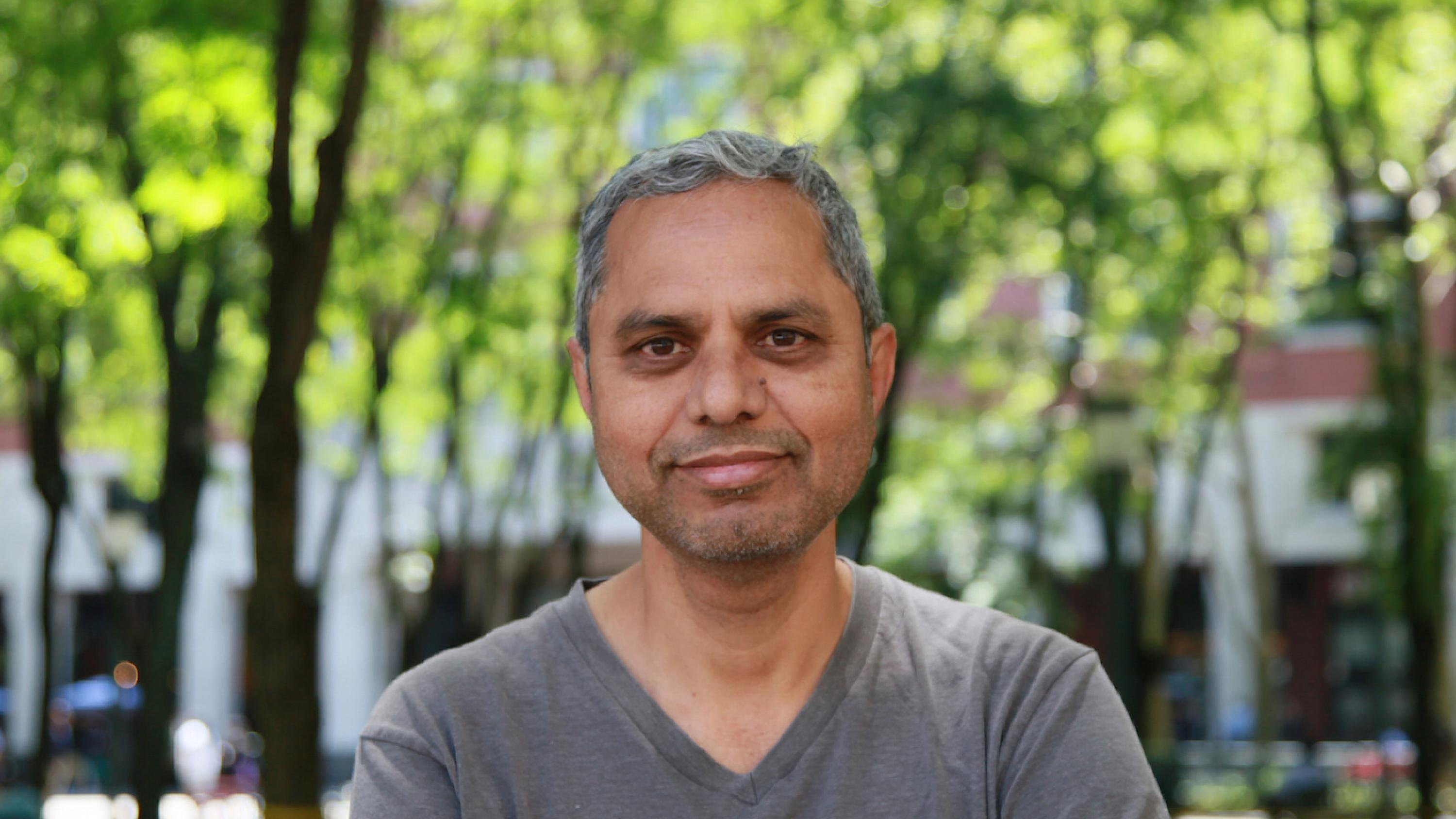Tandon’s CATT generates one of the highest economic impacts among all 15 Centers for Advanced Technology, creating new jobs and spurring economic development.
NYU Tandon School of Engineering’s Center for Advanced Technology in Telecommunications (CATT) was re-designated by New York State, building on a four-decade legacy of advancing industry-university collaborative research, technology transfer, and faculty entrepreneurship.
Empire State Development’s Division of Science, Technology and Innovation (NYSTAR) competitively awards Center for Advanced Technology (CAT) designations to universities that demonstrate exceptional abilities to drive economic growth through industry partnerships.
Since 1983, CATT has exemplified this mission. Between 2022 and 2023, it generated over $208 million in total economic impact and created 99 new jobs, leading all 15 CATs across the state.
“NYSTAR’s Centers for Advanced Technology are vital to our strategic efforts to grow New York’s economy and the state’s greater innovation ecosystem,” said Empire State Development President, CEO and Commissioner Hope Knight. “By investing in the industries of tomorrow, New Yorkers benefit today through dynamic partnerships that help to create new jobs, generate more revenues, and encourage more companies to establish a footprint in communities all throughout the state.”
Shivendra (Shiv) Panwar — CATT’s director for the past thirty years and a professor in NYU Tandon’s Electrical and Computer Engineering Department — was recently named a Fellow of the National Academy of Inventors and holds over 25 patents spanning packet switching, media streaming, and cybersecurity.
“For over two decades, I’ve watched CATT evolve from supporting basic telecommunications research to tackling the most pressing challenges in 5G, cybersecurity, and more,” said Panwar. “CATT’s wireless work provided the foundation for what evolved into NYU WIRELESS, now the nation’s leading 6G research center. What makes CATT special is our ability to work with everyone from two-person startups to Fortune 500 companies, helping them navigate from initial concept to market-ready solutions. This re-designation ensures we can continue serving as that vital translator between the research happening in our labs and the practical needs of New York’s technology industry.”
While focused on New York, the center’s influence extends beyond the State. Wireless signal propagation models developed at CATT now power cellular network designs across the United States and Europe, for example. CATT’s work helped NASDAQ launch the first nationwide real-time financial trading system.
The center’s startup legacy includes Comverse Technology, which went public and created more than 500 jobs, and System Management Arts, demonstrating CATT’s ability to nurture ideas from laboratory to market.
CATT’s researchers have pioneered breakthrough technologies including Massive MIMO and millimeter wave systems that enable today’s 5G networks, while developing digital forensic tools that enhance cybersecurity across industries.
Today, CATT leverages its $1 million in annual state funding with similar industry investment to work with 20 to 30 companies simultaneously, including startups and telecommunications leaders. Drawing on expertise from over 50 researchers across NYU, Columbia University, and partner institutions, the center focuses on three critical areas — wireless technology, cybersecurity, and AI/data science — ultimately supporting NYSTAR in advancing technology innovation and commercialization in New York State.
About Empire State Development
Empire State Development is New York’s chief economic development agency, and promotes business growth, job creation, and greater economic opportunity throughout the state. With offices in each of the state’s 10 regions, ESD oversees the Regional Economic Development Councils, supports broadband equity through the ConnectALL office, and is growing the workforce of tomorrow through the Office of Strategic Workforce Development. The agency engages with emerging and next generation industries like clean energy and semiconductor manufacturing looking to grow in New York State, operates a network of assistance centers to help small businesses grow and succeed, and promotes the state’s world class tourism destinations through I LOVE NY. For more information, please visit esd.ny.gov, and connect with ESD on LinkedIn, Facebook and X.
About ESD’s Division of Science, Technology and Innovation (NYSTAR)
Empire State Development’s Division of Science, Technology and Innovation — known as NYSTAR — advances technology innovation and commercialization in New York State. NYSTAR offers programs that assist companies from start-up through maturity, leveraging the state’s unparalleled investment in world-class technology assets and expertise. It provides about $80 million annually in funding to support over 80 centers that provide direct assistance to New York State companies — a network of vital assets for enabling technology — and manufacturing-led growth and job creation. NYSTAR and its partners are proud to contribute to New York’s leadership in the global innovation economy. For more information, visit esd.ny.gov/nystar.
About the New York University Tandon School of Engineering
The NYU Tandon School of Engineering is home to a community of renowned faculty, undergraduate and graduate students united in a mission to understand and create technology that powers cities, enables worldwide communication, fights climate change, and builds healthier, safer, and more equitable real and digital worlds. The school’s culture centers on encouraging rigorous, interdisciplinary collaboration and research; fostering inclusivity, entrepreneurial thinking, and diverse perspectives; and creating innovative and accessible pathways for lifelong learning in STEM. NYU Tandon dates back to 1854, the founding year of both the New York University School of Civil Engineering and Architecture and the Brooklyn Collegiate and Polytechnic Institute. Located in the heart of Brooklyn, NYU Tandon is a vital part of New York University and its unparalleled global network. For more information, visit engineering.nyu.edu.

